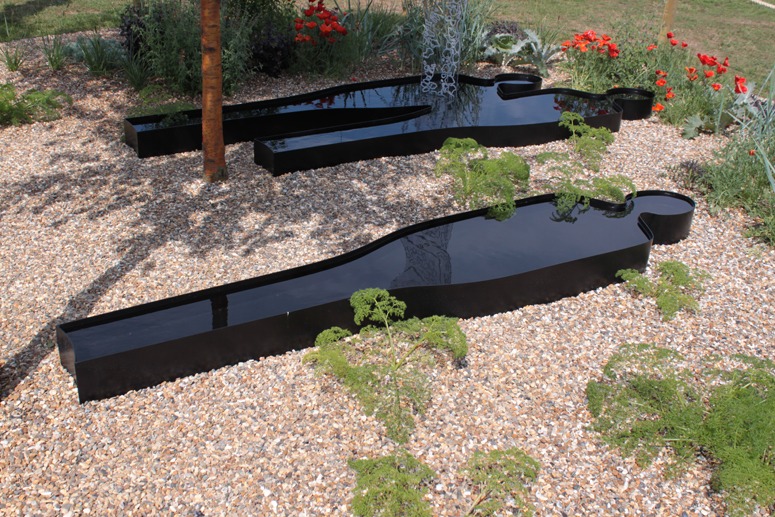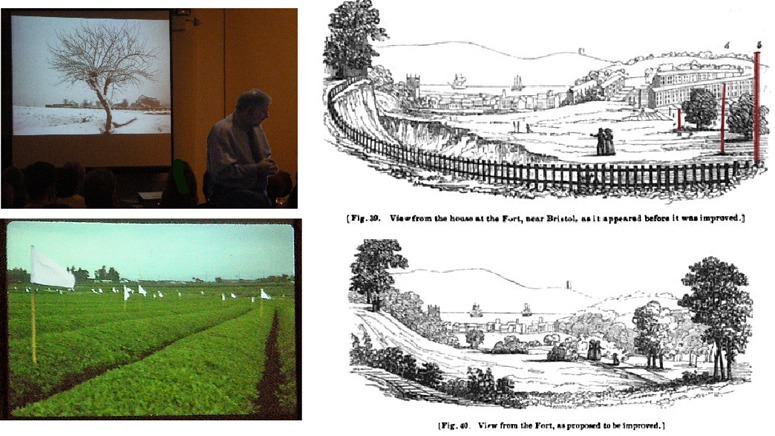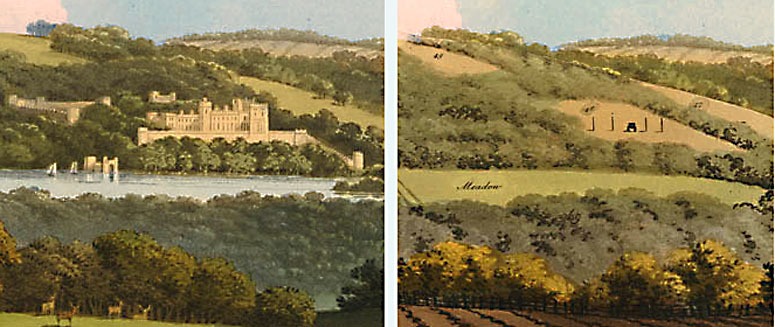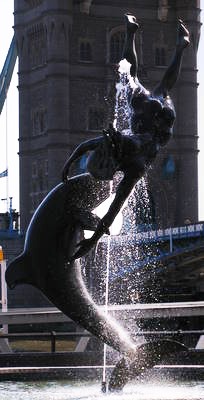
Question "But is it art?"
A few years ago, the RHS introduced the interesting category of Conceptual Gardens to the Hampton Court Flower Show. The above example, from the 2011 Show, is by Andrew Cook, Nicola Greaves, Camilla Moreton. The concept
is explained as follows ‘Raising awareness of skin cancer this circular gravel garden, designed by students from Falmouth University, is a place where plants can plants bask in the sunlight whilst humans (represented as shadows on the ground) can escape to the shady shelter of the trees which line the garden.’
Let’s try some Qs&As:
Q ‘Is it a garden design?’ : A ‘It makes use of plants and it has an aesthetic quality, but it does not have the traditional garden roles (producing food, a place to sit, beside a house, etc)’
Q ‘Is it fine art?’ : A ‘It passes the test of having been in an exhibition, and this section of the Hampton Court Show could be counted an art exhibition, so “maybe”. ‘But it falls short of the requirements for fine art in having an explict message which makes it too like an advertisement (for skin cancer awareness)’
Q ‘Is it conceptual?’ A ‘Yes to the extent that it rests on an idea. But no because of the nature of the idea in question: it is far too “obvious”‘
Q ‘Does it produce the pleasurable quiver and sharp intake of breath which often comes from viewing a work of art?’ A ‘No.’
Q ‘Is it beautiful’ A ‘Not quite. The watery figures are good with the gravel and umbelifers. But the tree interrupts the composition, the wire sculpture spoils the purity of the figures and the peripheral planting is an untidy distraction’





